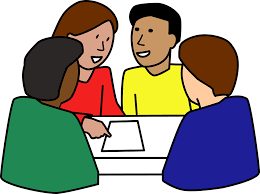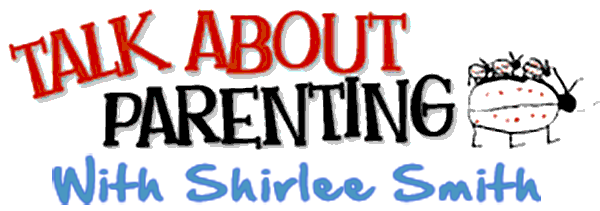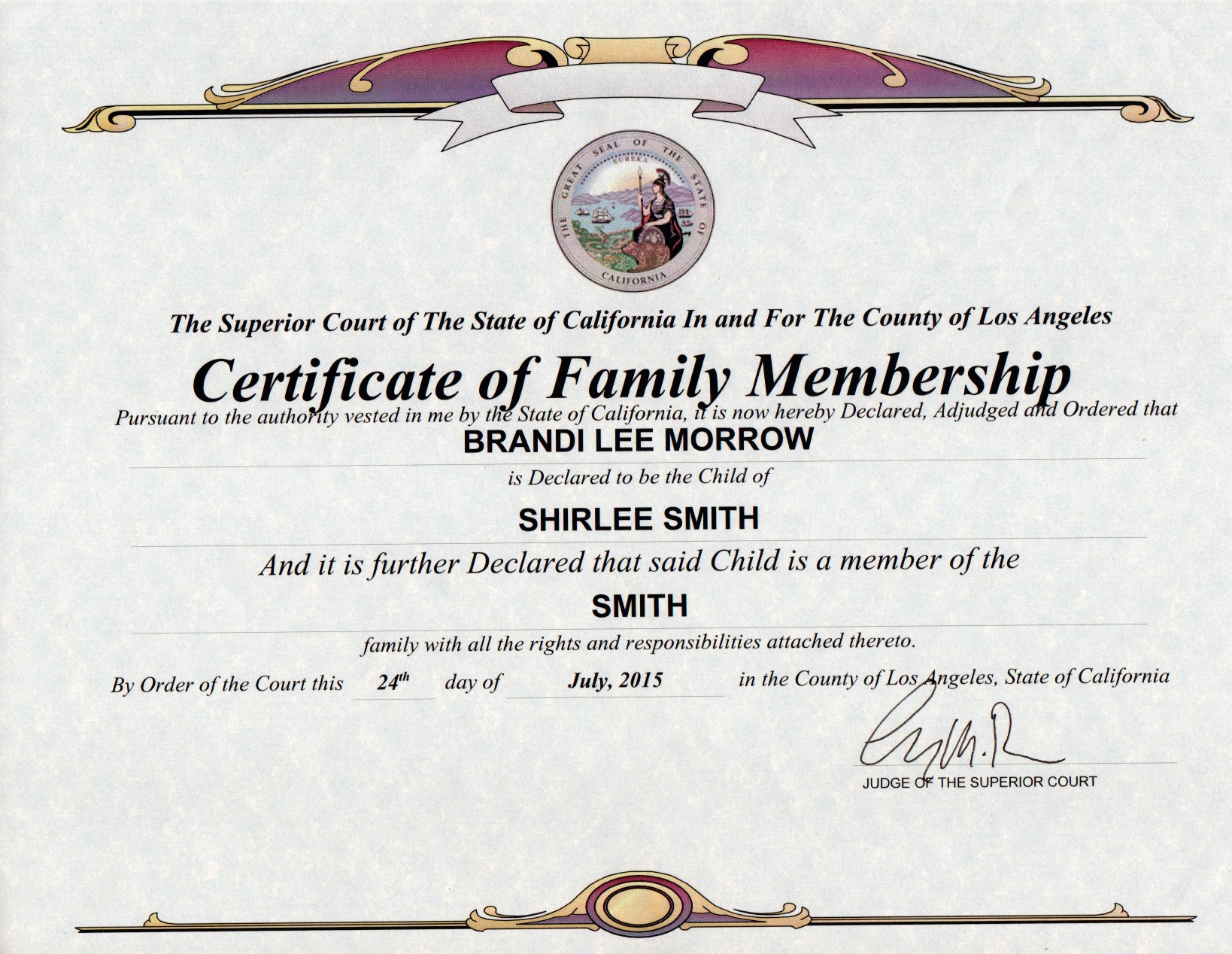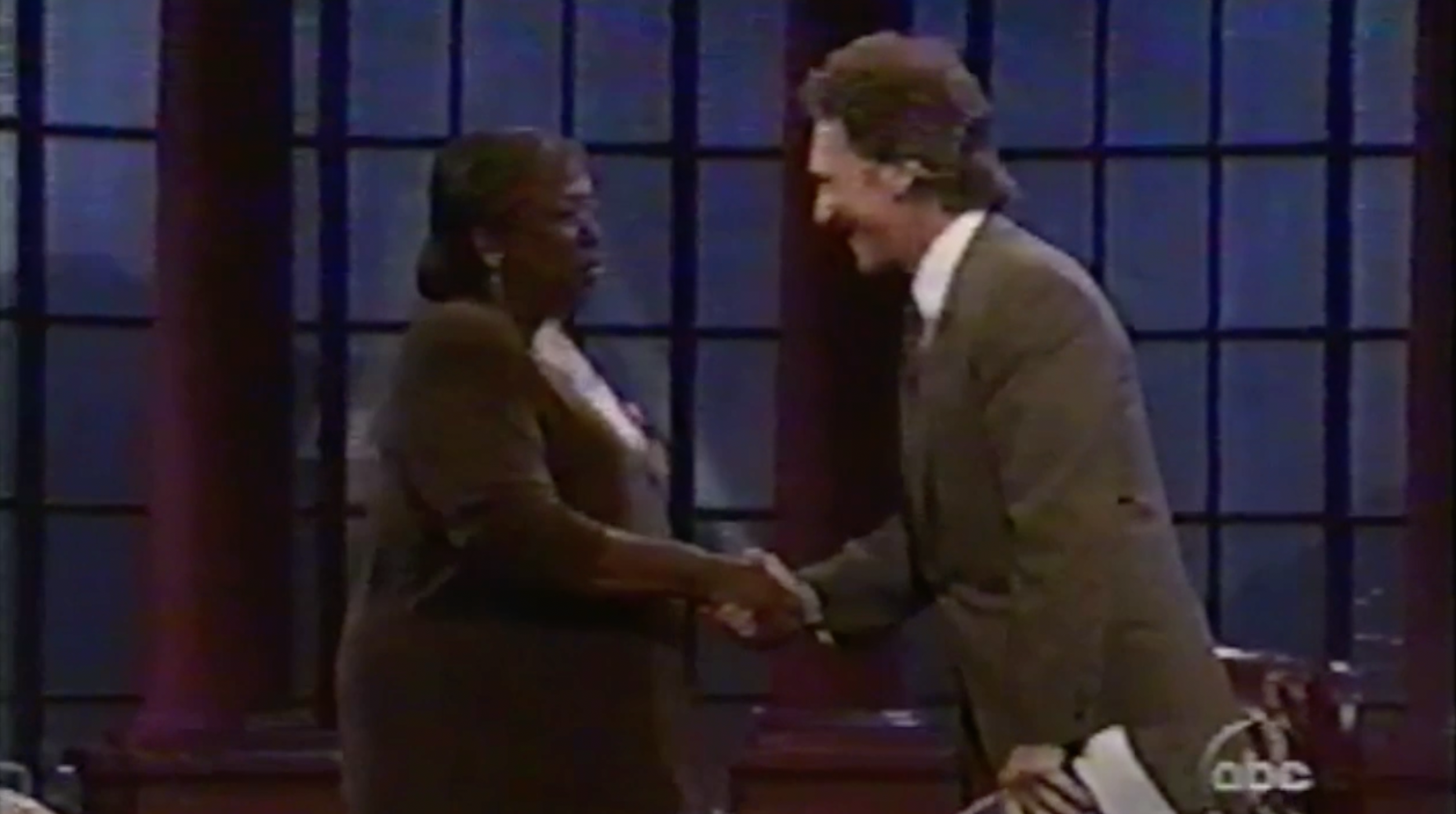
3 EXAMPLES OF KID LESSONS THAT PUT A HOLD ON EARLY RACISM
My third-grader was invited to the birthday party of one of her best friends.

On the drive home, from picking her up after the festivities, she told us the reason her friend’s dog was barking when she walked into the house was that “the dog didn’t like black people.”
Clearly a teachable moment.
I explained to my daughter that animals don’t make a distinction between ethnic groups nor do they rule people in or out of favor based on hair color.
My kid wasn’t convinced. She just wouldn’t believe her “best friend” would make up such a story.
Fast forward: The best friend came to our house a few weeks later and when she stooped down to pat our cat, my older daughter, a teenager, screeched, “Don’t touch the cat! It doesn’t like white people.”
My third-grader was humiliated and came to me crying that her sister would say such a thing when the cat liked everybody.
Lesson learned in our house – but what about the other child’s home environment? That young kid didn’t dream up the reason her dog barked.
1) What children hear from parents shapes their view of others
__________________________________
My ninth-grader stormed through the front door when coming home from school one afternoon. Clearly agitated, she let loose and was screeching how she hated Asian students.
“Hmm,” I remarked, and asked if she’d been jumped by one of their gangs or maybe robbed in the hallway while trying to get to her class.
“Of course not,” she replied, recognizing my sarcasm. But she put forth her poisonous venom declaring she hated them because they always had their hands up in class with the right answer and that they always got good grades on the classroom tests.

Clearly a teachable moment.
“Do you see any of them at the Saturday night hip-shaking parties you attend?” I inquired.
“No,” she said with a surly attitude and quickly added, “They’re in the library.”
“Rather than hating Asian students for their accomplishments, you need to learn from them.,” I said. “You need to emulate their academic learning processes. And maybe you ought to have some Asian friends. Maybe you ought to be in the library. They have the right answers because they study while you’re at the party.”
2) Parents should encourage children to have friends from all ethnic groups, and parents need to set that example by displaying diversity in their own friendships
 _____________________
_____________________My high school senior complained that his teacher didn’t like him because he was black, and gave him low grades because of who he was. My son wanted me to visit the school. I was happy to accommodate.
I made the appointment and when I arrived I first asked to see the rollbook. My son was seldom in class and only a few of the required assignments had been turned in.
Clearly a teachable moment.
My son was delighted to hear I had met with his teacher but he wasn’t happy to learn the race card doesn’t work when race isn’t the issue.
3) Parents must help children learn responsibility for their actions and how to separate the situations that are based on race from those that are grounded in other facts
__________________________________
Racism, whether or not we choose to admit it, can grow unchecked within our households. Nipping it in the bud is in the hands of parents.
A barking dog story along with a cat who liked everyone were simple opportunities for teachable moments.

These moments abound in every household – so use them. In the altered words of Rodney King, ” We can all get along.” Get the process going, parents.
Comments are closed.




1962 My father and 2 sisters traveled to TN for vacation and to meet our relatives.
First stopped at my cousin ‘s house who lived in the back house. Whites lived in front.
As soon as we drove up and alighted from the new camper a black and white dog dashed out of the house and started barking from the top of his lungs. His owner rushes
outside and says “Don’t mind him he never did like niggas. Had more black than white spots.
I believe the family is the best teacher when it comes to racism . I was taught to love people for who they are do not prejudge. The rest life will teach you.
Dear Shirlee,
The different situations with the kids in the stories exemplified how certain behaviors are indeed “learned.” All we have to do is go back to the studies that were done decades ago—- A teacher treated elementary school children on one side of the room in a “superior” way. The other side of the room had the children treated in an “inferior” way. The roles were reversed after a few days. Needless to say, the children’s emotions ran the full gamut of confusion and “jeers to tears.” Feelings were discussed in an age-appropriate way, by the very capable & wise teacher; with the kids voicing their own feelings too. The children learned a very valuable and important lesson about equality, at a very tender age.
At Stanford University, a very controversial study was done in a “prison setting.” Some of the college students were the “guards” and others were the “inmates.” Role-playing became so viscerally intense, because this “casting” was done “racially.” After the “study,” university psychologists discussed with the students the racial-social outcomes. There was a great deal of outrage from the community and staff, because of the pure rage / angst / and rancor that the “study” had created. The lessons about racism and power were “academically discussed and analyzed.” However, the volatile climate back on the campus took months to subside. For some students, a few percentage of friendships/acquaintances were ruptured forever. Yes, we must be open to situations for “teachable moments;” but we must also be aware of HOW to have those “moments” taught. As usual, another great blog, Shirlee!
——–Bill Allen, Jr.